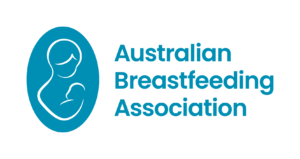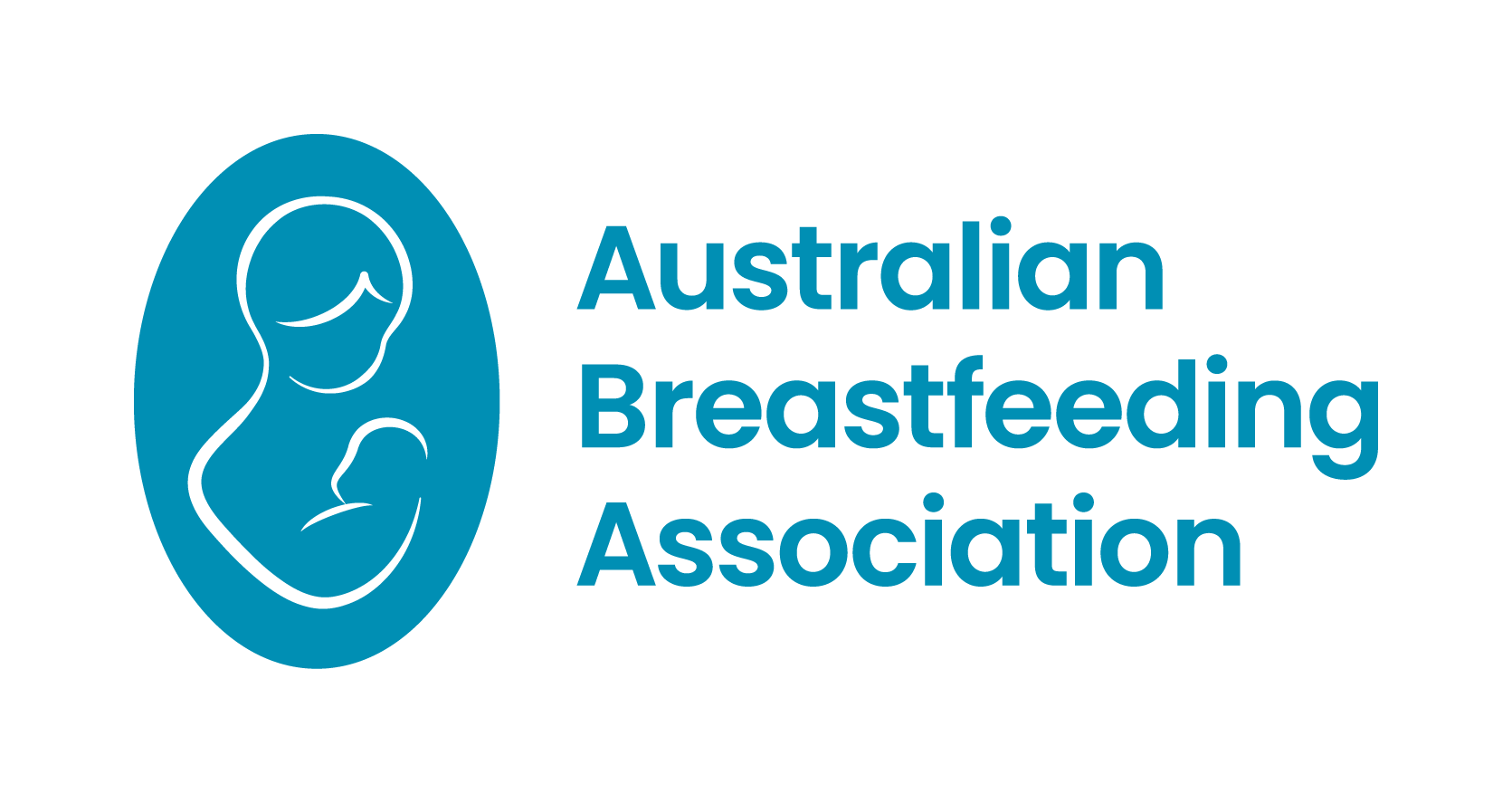In-Hospital Formula Feeding and Breastfeeding Duration.
Feldman-Winter L, Kellams A.Pediatrics. 2020 Jul;146(1):e20201221. doi: 10.1542/peds.2020-1221. Epub [...]
Feldman-Winter L, Kellams A.Pediatrics. 2020 Jul;146(1):e20201221. doi: 10.1542/peds.2020-1221. Epub [...]
Early exclusive breastfeeding is associated with achieving desired durations and is recommended by health authorities. This review summarises evidence from the past decade about the management of the first week of breastfeeding.
Colostrum plays a unique role in the transition of the baby to extra-uterine life. It differs from mature breastmilk in a number of ways. Colostrum is a concentrated source of protein, sodium and immunoglobulins (Brodribb 2019). Lower carbohydrate (lactose) levels result in lower volumes; whereas in mature breastmilk, lactose acts osmotically to draw water into the milk (Brodribb 2019). Colostrum also has a laxative effect, helping baby to pass meconium (Brodribb 2019). Secretory IgA, lactoferrin and maternal lymphocytes provide a source of passive immunity to complement that provided via the placenta (Wambach 2016). Human milk oligosaccharides promote the colonisation of baby’s intestinal system with bifidobacteria and act as decoys to prevent infection by pathogens (Wambach 2016).
Diabetes is increasing worldwide and as a consequence is having a greater impact on mothers, revealing concerns for breastfeeding outcomes. Diabetes is a complex condition, combining genetic and non-genetic causes. People with diabetes need a genetic predisposition and do not get diabetes simply because they ‘gained weight’ or ‘ate too many sweets’. There are three main types of diabetes: • type 1 diabetes mellitus (T1DM) • type 2 diabetes mellitus (T2DM) • gestational diabetes mellitus (GDM). All types of diabetes result in increased sugar (glucose) in the blood due to a lack of or an insufficient amount of insulin (hormone that moves sugar from our blood to our cells so it can be used to make energy), or a resistance to the normal effects of insulin.
Terms of service
Contact ABA
Need help now?
Call our Breastfeeding Helpline

Acknowledgement of Country
The Australian Breastfeeding Association acknowledges the Traditional Owners of the lands known as Australia. We wish to pay our respects to their Elders past and present and acknowledge Aboriginal and Torres Strait Islander women who have breastfed their babies on Country for more than 60,000 years, and the partners, families and communities who support them.
ABN: 64005081523
The Australian Breastfeeding Association is a Registered Training Organisation
(RTO 21659) and receives funding from the Australian Government.
Quality Indicator Survey Results.
Copyright © Australian Breastfeeding Association | ABA receives funding from the Australian Government

